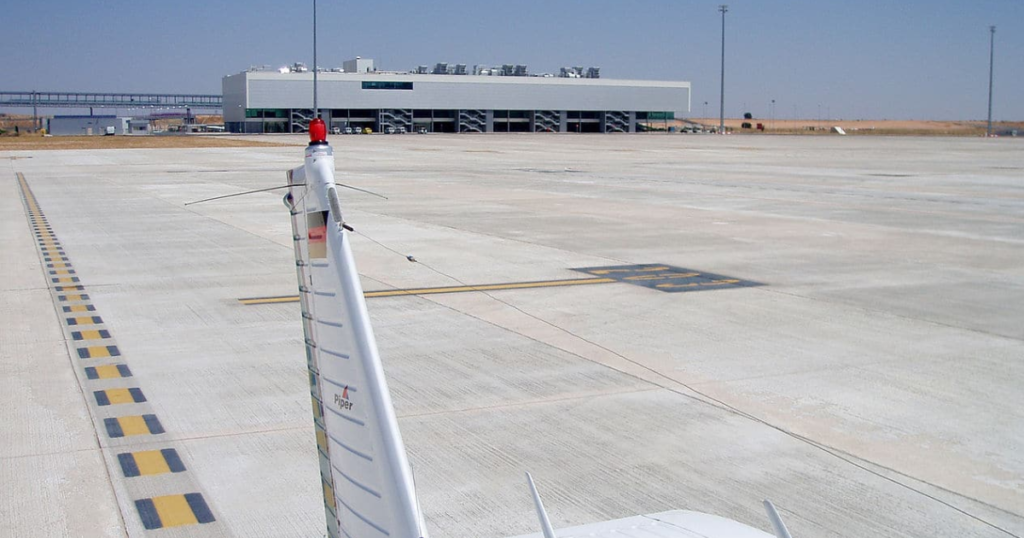Introduction
Airports are often seen as vital hubs of transportation, connecting people and economies. However, not all airports serve their intended purpose. Around the world, numerous multi-billion dollar airports have never been fully operational or have been abandoned shortly after completion. These so-called “ghost airports” stand as silent monuments to failed planning, political miscalculations, and financial mismanagement.
Why Do Ghost Airports Exist?
Several factors contribute to the phenomenon of ghost airports:
- Overestimated Demand: Many airports were built based on projected passenger numbers that never materialized.
- Political Influence & Corruption: Some airports were commissioned due to political motivations rather than actual needs.
- Poor Location Choice: Airports built in remote or inaccessible areas often fail to attract airlines and passengers.
- Economic Downturns: Financial crises or shifts in industry trends can render an airport unviable.
- Regulatory & Environmental Issues: Legal battles or environmental concerns can delay or halt airport operations.
Famous Ghost Airports Around the World
Ciudad Real Central Airport (Spain)
Built for nearly €1.1 billion, Ciudad Real Central Airport was meant to be an alternative to Madrid’s Barajas Airport. However, it opened in 2009 and shut down in 2012 due to a lack of flights. Despite its state-of-the-art infrastructure, the airport failed to attract airlines and was eventually auctioned off at a fraction of its cost.
Mattala Rajapaksa International Airport (Sri Lanka)
Dubbed “the world’s emptiest airport,” Mattala Rajapaksa International Airport cost approximately $209 million and was expected to serve millions of passengers annually. However, it failed to attract airlines due to its remote location, lack of demand, and financial struggles. Today, it is mostly used for cargo and storage purposes.
Berlin Brandenburg Airport (Germany)
Although Berlin Brandenburg Airport eventually opened in 2020, it is infamous for a nearly decade-long delay and cost overruns that exceeded €6 billion. Originally scheduled to open in 2011, the airport faced major construction flaws, safety concerns, and poor management, turning it into one of the most expensive and embarrassing infrastructure failures in modern aviation history.
Mirabel International Airport (Canada)
Located near Montreal, Mirabel International Airport was meant to replace the existing Dorval Airport. Built in 1975, it suffered from poor accessibility and airline resistance. Most flights remained at Dorval, and Mirabel was eventually abandoned as a passenger hub in 2004. The airport has since been repurposed for cargo operations and film production.

Kermanshah International Airport (Iran)
This Iranian airport was constructed with the expectation of handling a large volume of domestic and international traffic. However, logistical problems, airline withdrawals, and geopolitical instability left it severely underutilized, turning it into another costly infrastructure failure.
What Happens to Abandoned Airports?
Many ghost airports end up being repurposed for other uses:
- Film & TV Production: Some abandoned airports serve as ideal filming locations for movies and commercials.
- Storage Facilities: Aircraft storage and cargo operations often take over disused airport terminals.
- Military Training Grounds: Some governments repurpose ghost airports for defense exercises and training programs.
- Alternative Businesses: Indoor farming, drone testing, and event venues have all been tested at defunct airports.
Lessons Learned
The rise and fall of ghost airports highlight the importance of careful planning and economic feasibility studies before investing in large-scale infrastructure projects. Governments and investors must ensure realistic demand assessments, better financial oversight, and strategic location choices to avoid repeating these costly mistakes.
Conclusion
Ghost airports are cautionary tales of excessive ambition, flawed decision-making, and financial waste. While some have found alternative uses, many remain abandoned, serving as eerie reminders of the consequences of poor planning. As urban development continues, future airport projects must prioritize sustainability, practicality, and genuine demand to prevent similar failures.


